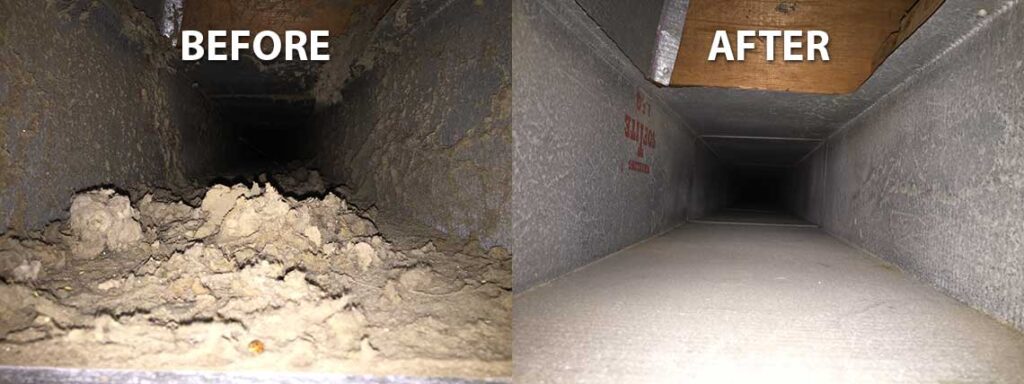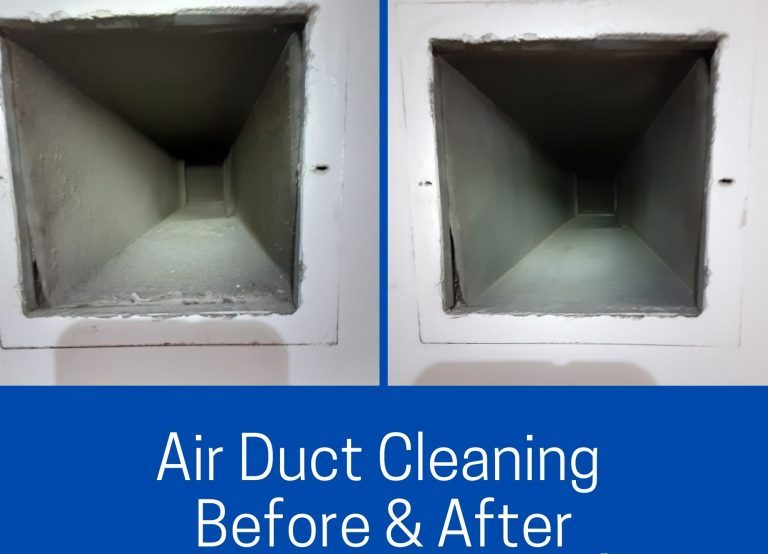Most experts recommend air duct cleaning every 1 to 5 years based on usage, air quality needs, and contaminant levels. For homes with pets, smokers or allergy/asthma sufferers, more frequent cleaning around every 2-3 years is often advised. However, some duct cleaning methods require shorter or longer timelines due to their effectiveness and impact on the HVAC system.
General duct cleaning removes surface buildup and debris.
This involves vacuuming air ducts, grilles and vents to loosen particles before using detergent solutions and water or dry steam to rinse and disinfect surfaces. General cleaning can be done every 2-5 years with minimal downtime or disruption but may not deeply sanitize ducts or eliminate stubborn contaminants.
Deep cleaning
Sanitation gets ducts very clean using disinfectants, bacterial/viral eliminating solutions and often sterilization techniques with harsher chemicals. These methods can kill 99.9% of pathogens and microbes but require turning off the HVAC system for several hours or days. Deep cleaning is best done every 3-7 years when needed.

Wet cleaning
It uses water, detergents and disinfecting agents to rinse and sanitize ducts. It is very effective but can lead to temporary water damage concerns. Dryer, steam or ozone cleaning are alternatives that avoid excess moisture but use different methods for contamination removal. Ozone treatment oxidizes and destroys pollutants but may be expensive and produce ozone gas that requires safety precautions.
Targeted duct cleaning
It focuses on specific areas like ducts leading to bedrooms or furnace/air handler components. It saves time and cost but only provides limited benefits, especially if contaminants originate or spread throughout the system. Whole-house duct cleaning is still typically needed for maximum air quality and HVAC efficiency.
Newer “hybrid” methods combine elements of different duct cleaning techniques for enhanced effectiveness without disadvantages. For example, “wet/dry” uses steam and disinfectants to clean but without leaving excess moisture behind, while “deep ozonation” sanitizes problem areas over time using ozone. These hybrid approaches offer versatile, balanced cleaning options.
While general duct cleaning every 2-5 years benefits most homes, choose a schedule and method that matches your unique air quality and health needs. Talk to your HVAC professional about recommendations for your system and situation. Review options for balancing effectiveness, affordability and minimal disruption before deciding on the best approach to keep your home breathable and your HVAC running efficiently.

